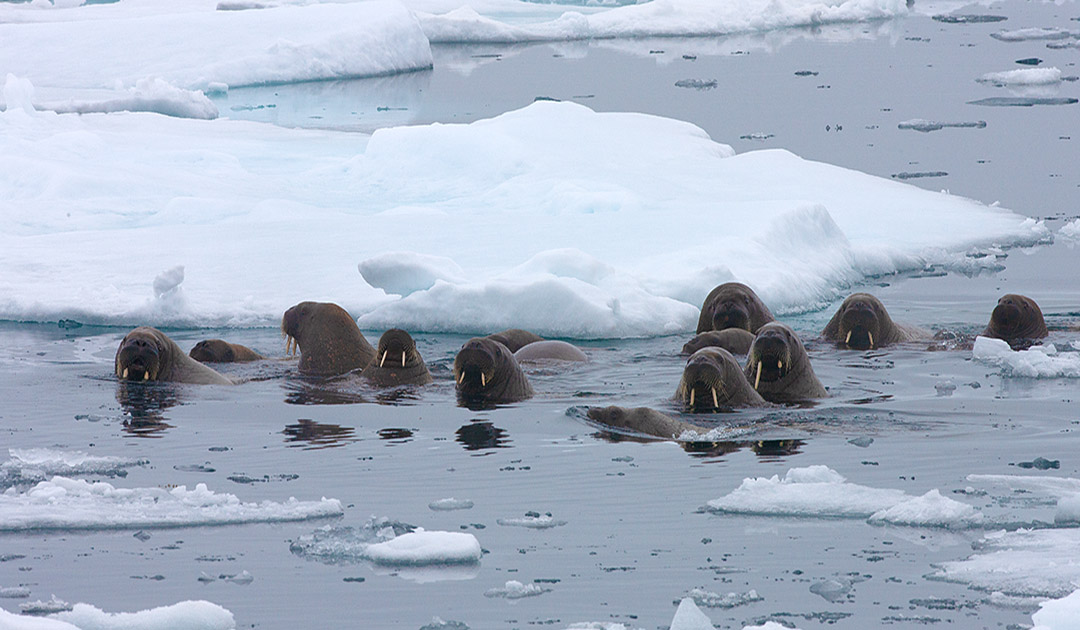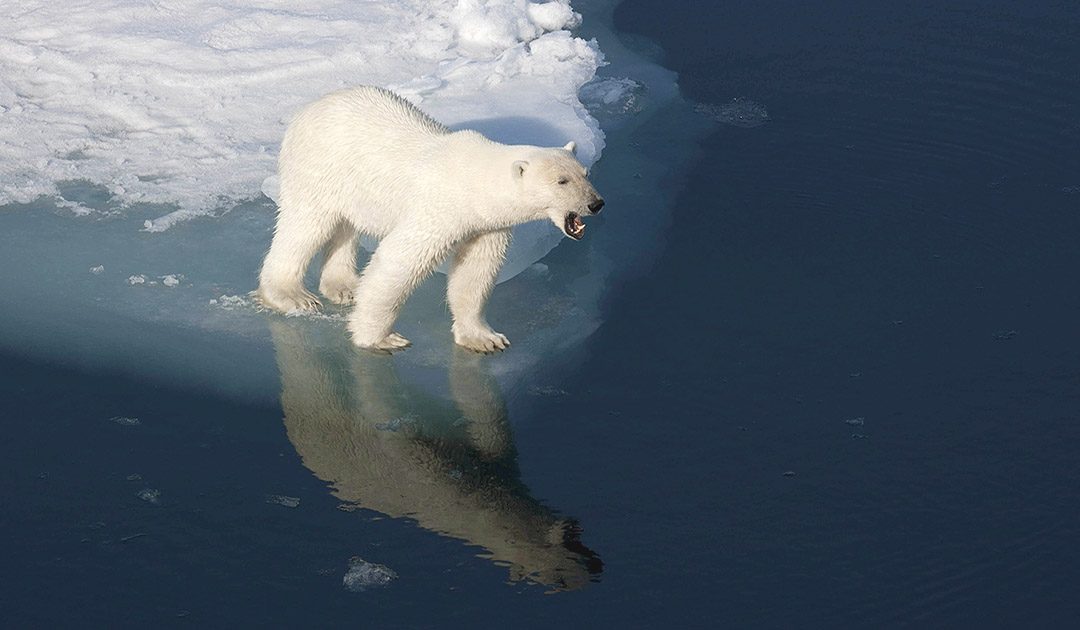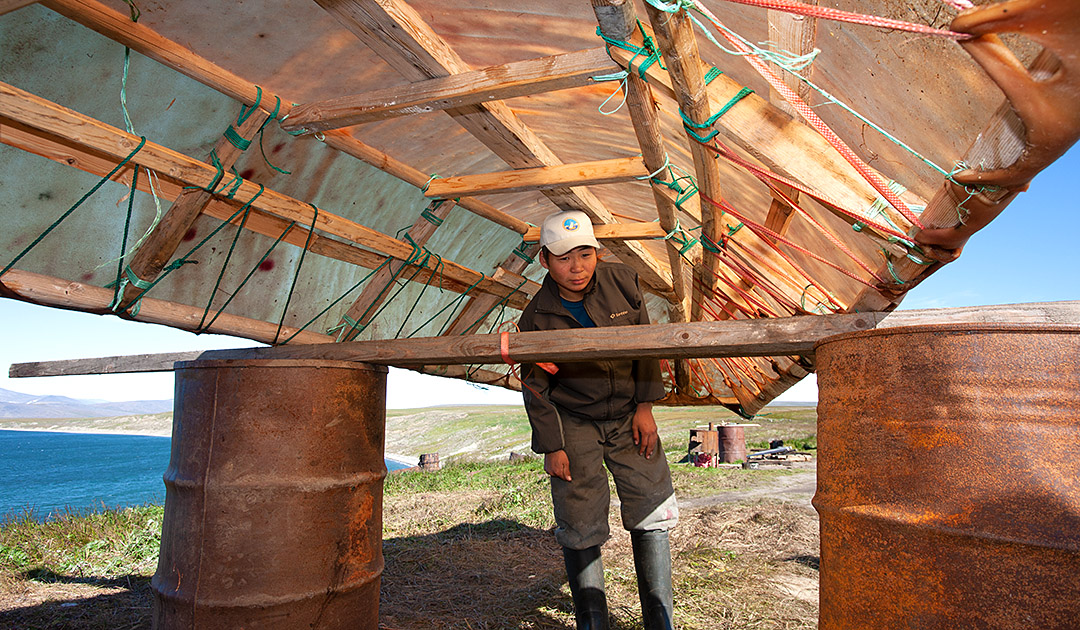
The rapidly melting sea ice in the Arctic is exceeding the worst predictions for the future. A new and improved model based on the last warm period in the Earth’s history now assumes that shallow rain and melt water basins could bring the end of summer sea ice much earlier than we thought.

Every year the Arctic sea ice expands as the sea surface freezes during the long, dark winter. At its maximum in March, the ice covers almost the entire Arctic Ocean. It melts again in summer and reaches its lowest point in September. In July of the 1980s, the ice covered an average of about 3.8 million square miles. This year in July, the sea ice covered only about 2.8 million square miles. Since 1979, Arctic sea ice has decreased by an average of 27,000 square miles per year.

This year, an analysis of numerous climate models showed that even in the best case scenario the Arctic Ocean will probably lose its ice cover completely by 2035. This is supported by a study recently published in the journal
“This indicates something that we know is happening very quickly and sooner than we thought, and now we know that we have to be ready for it,” says Maria Vittoria Guarino, lead author of the study and climate scientist for the British Antarctic Survey.
In July 2020, the area of the Arctic Ocean covered by sea ice reached a new monthly low. With record warming caused by human activity, the Northern Sea Route became ice-free earlier than previously recorded. At the end of July, Canada’s last intact ice shelf collapsed.

Influence on the polar climate and ecosystems
According to scientists from the NASA Earth Observatory, sea ice has a profound impact on the polar environment, affecting ocean circulation, weather and regional and global climate.
The white surface of the sea ice acts like a huge mirror that reflects far more sunlight back into space than darker ocean water. As soon as the sea ice begins to melt, it often triggers a self-reinforcing cycle. As more ice melts and more dark water is exposed, the water absorbs more sunlight. The water warmed by the sun helps melt more ice.
Over several years, this positive feedback cycle can influence the global climate, according to the NASA Earth Observatory.
Sea ice also plays a fundamental role in polar ecosystems and supports a variety of life forms, from bacteria and phytoplankton to seals and polar bears.
And sea ice is essential to many northern and indigenous communities that have used it for hunting, fishing and travel for thousands of years.
Heiner Kubny, PolarJournal





